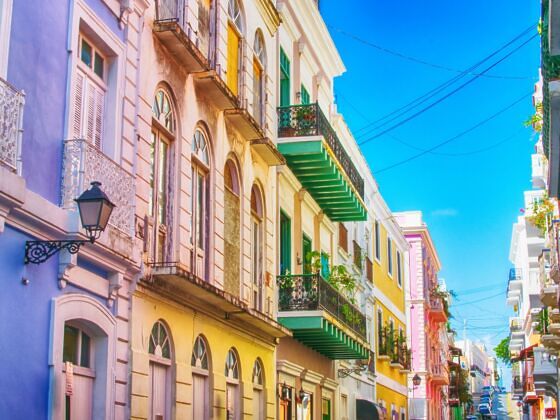Iran’s President, Mahmoud Ahmadinejad, may be rubbing his hands over what he claims is the death rattle of the crumbling American Empire, but ‘Merica still boasts some significant holdings around the globe.
The following guide gives a brief summary of how each region came under US dominion and how modern day colonists can best experience its unique cultural and geographical bounty.
